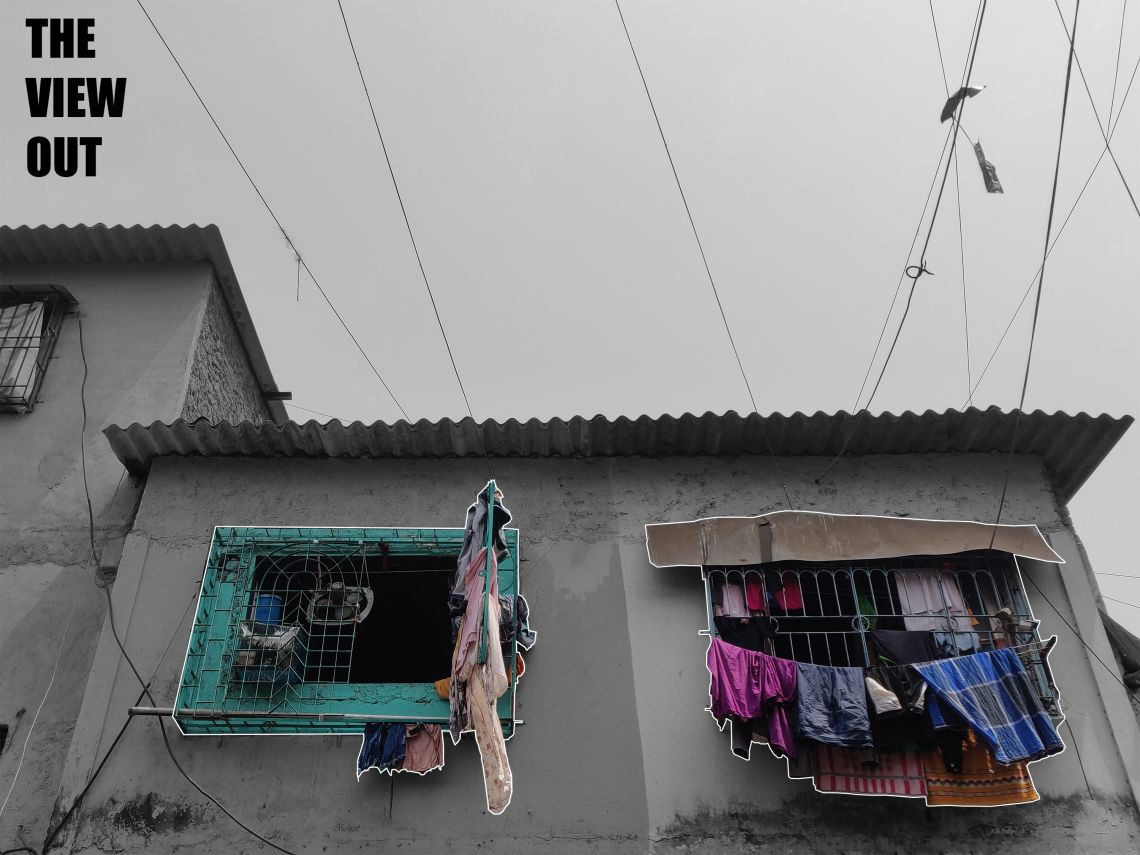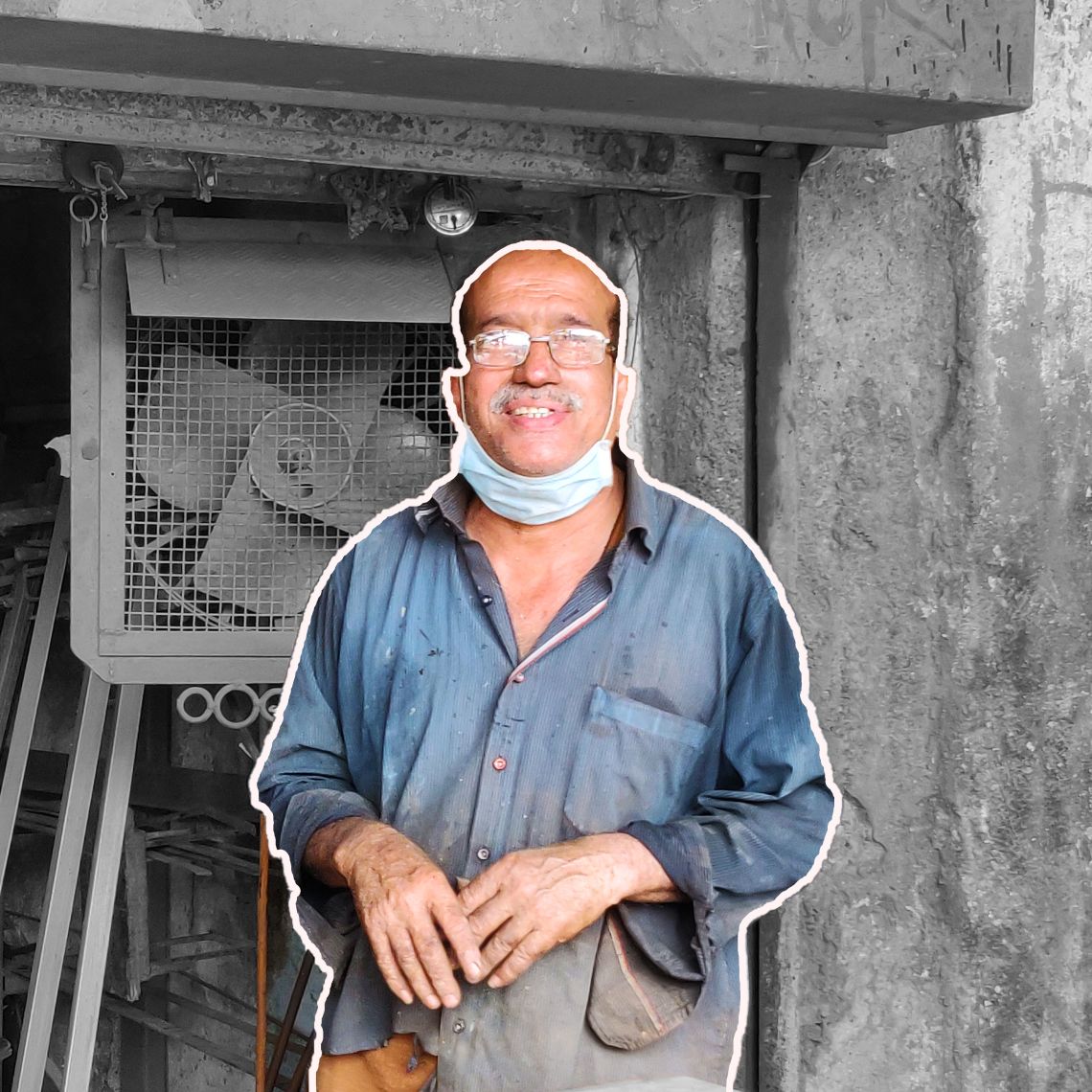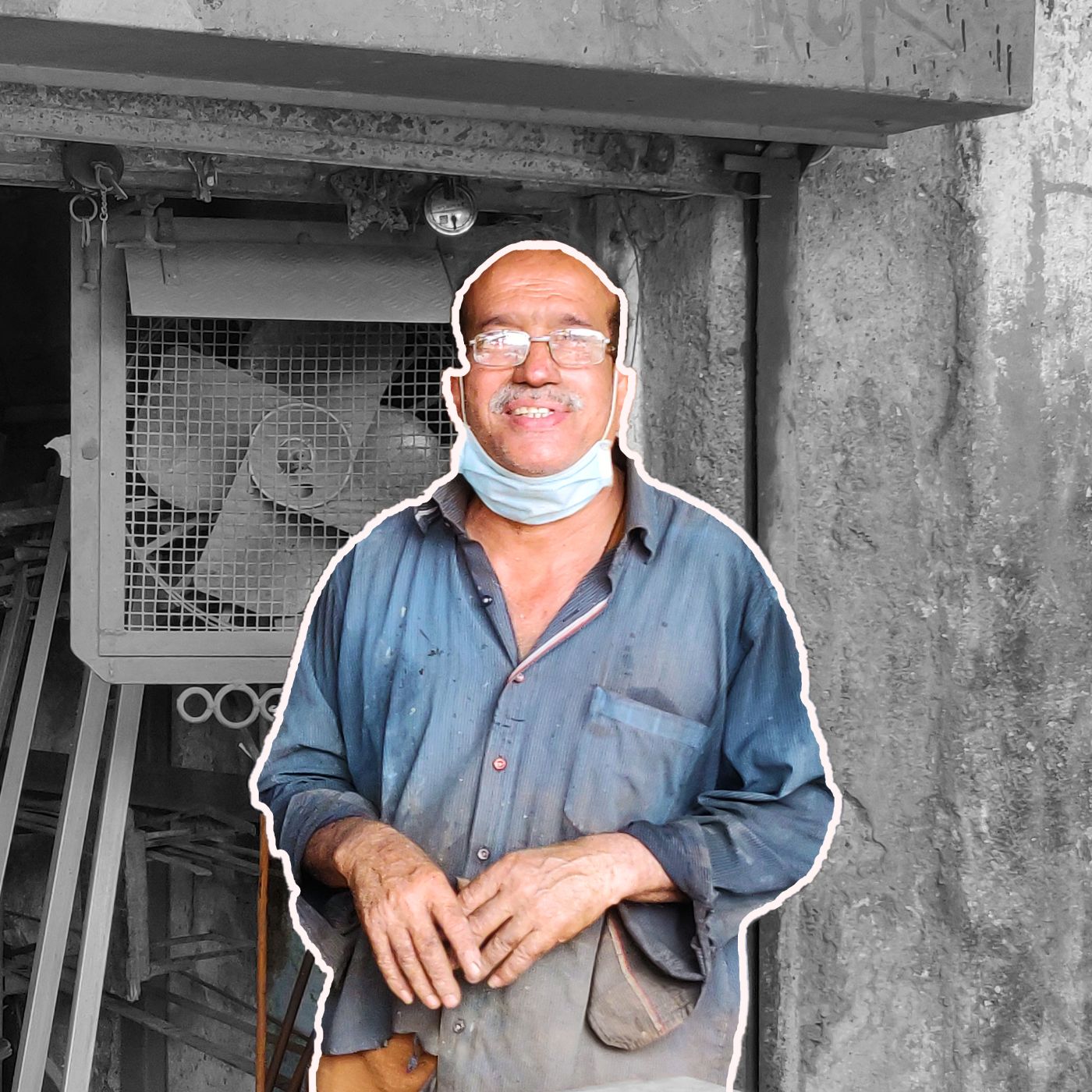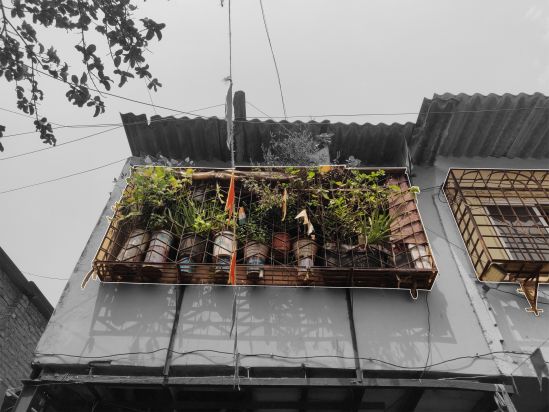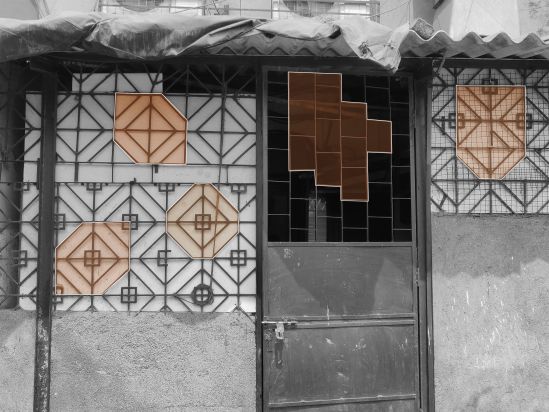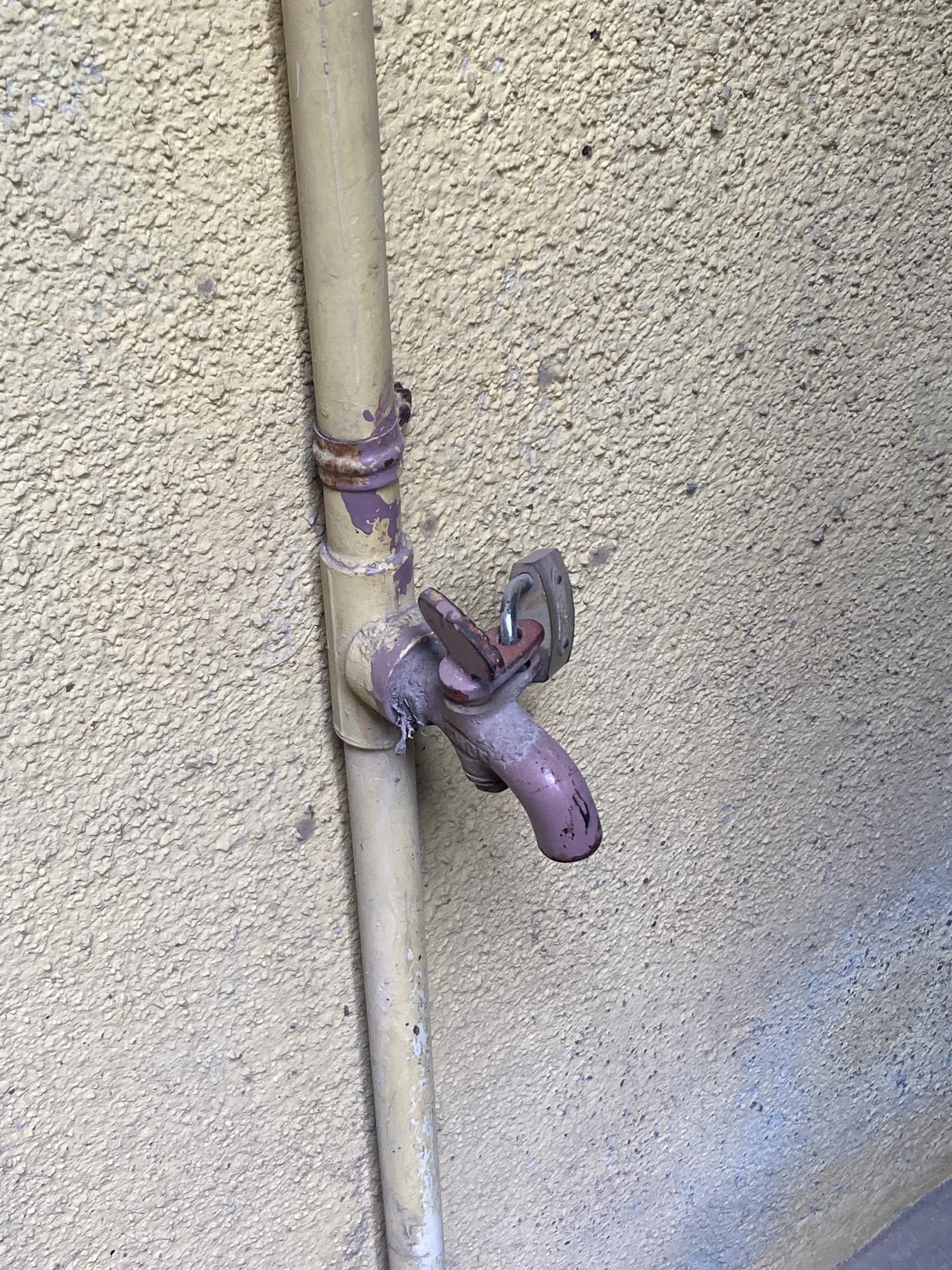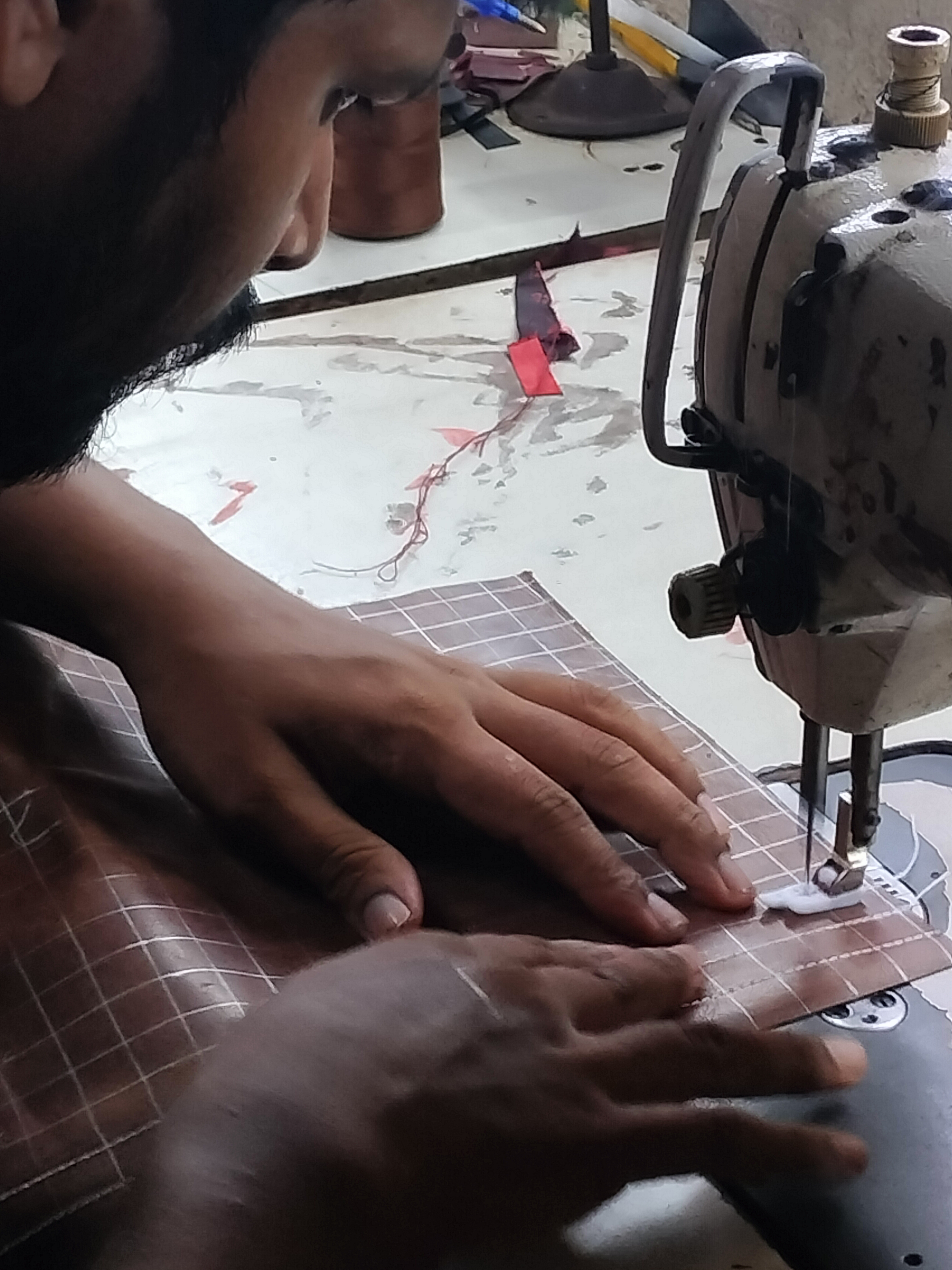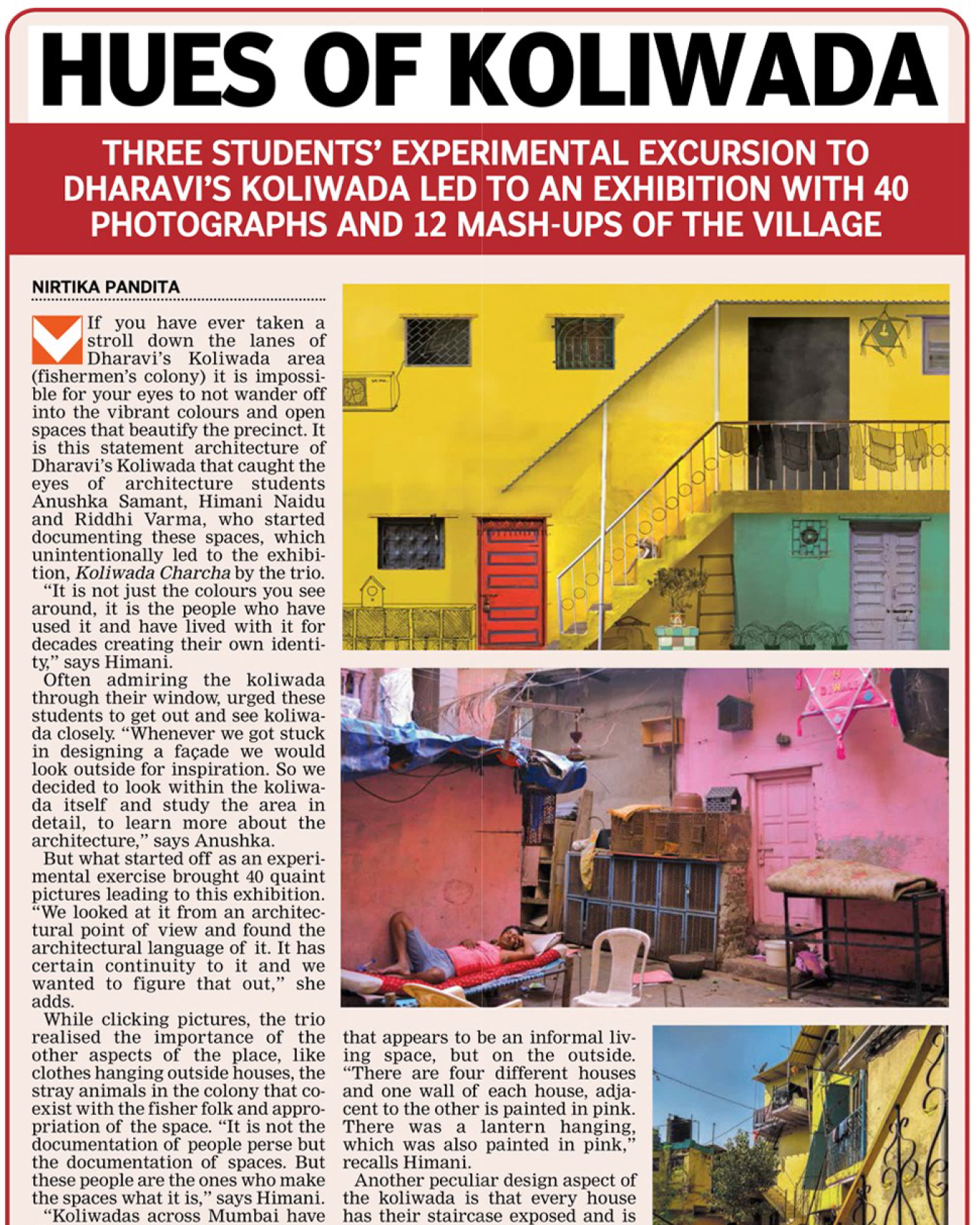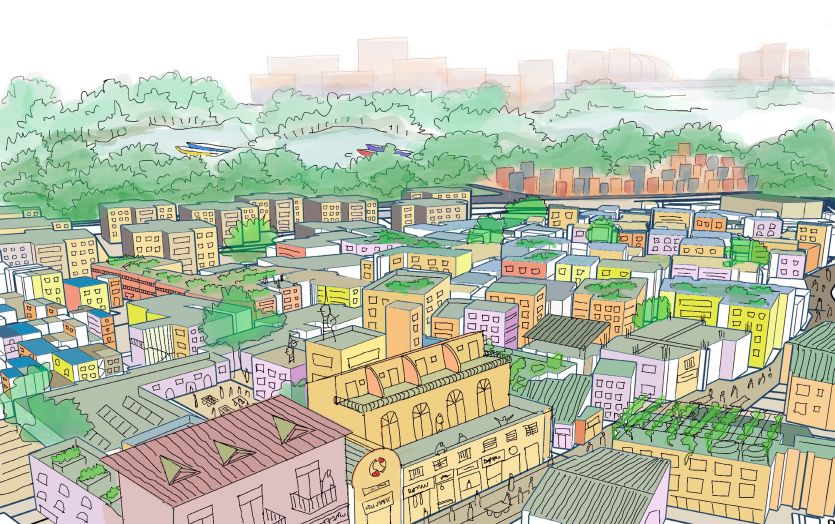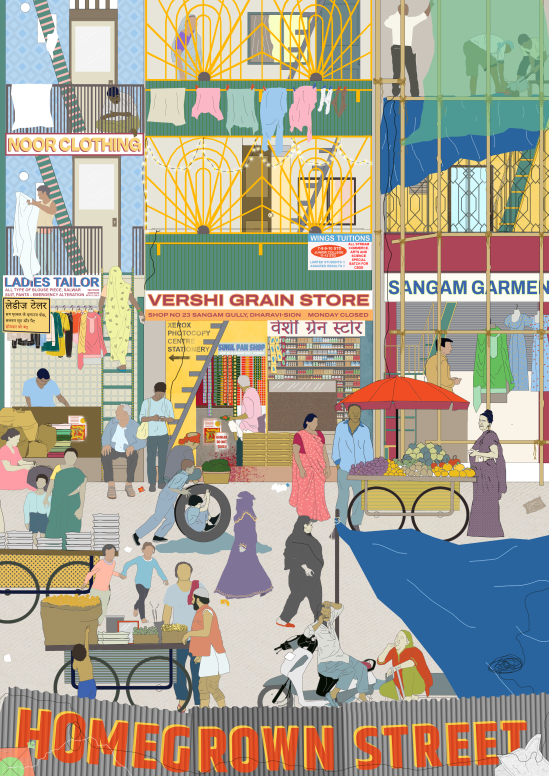The View Out

The View Out
Serving as a low-cost and sturdy solution for securing window openings, window grilles have reshaped Mumbai's urban aesthetic. Over time, the convenience of welding mild steel into durable frameworks has resonated throughout the city, especially in low rise-high density settlements. An array of mild steel window grilles dominate the street elevation of Dharavi. As one of the most essential Homegrown elements, these metal frames have become a natural part of the street catering efficiently to the spatial requirements of the community. Beyond the primary function of safety, they serve as extended storage areas in this context where a ‘little extra’ space is an asset. Beyond the internal square footage of the house, these attachments provide room for housing planters, storing water cans, drying clothes, seating spaces, fixing TV antennas, and placing advertisement banners.
Offering quick assembly, these metal enclosures have become the local building contractor's go-to element when it comes to ensuring security. Afzal practices as a building contractor in Dharavi. In one of our planning meetings with Afzal, we questioned why he preferred enclosing the entire balcony with a metal grille rather than leaving it open. He opined that the proximity between households leaves the house open to outsiders and thus, making it necessary to ‘cage’ the house for safety and privacy reasons. Moreover, he shares that metal work is the only place where he can choose to explore design as the remaining built form opts for the standard construction methodologies.
Constant trial and error with window-grille patterns have given rise to the ‘preferred’ set of designs within the community that is functional and cost-efficient. Scouting the streets of Dharavi, one can notice a repetition of window-grille designs which have found space in the homegrown and intuitive ‘Dharavi construction manual.’ Although repetition of grille patterns is observed across buildings, residents also opt to create their own patterns to give a distinct identity to their house. To that end, these metal grilles facilitate the idea of creative self-expression at a minimal extra cost. During the construction process, Mangal bhai, a homeowner in Sangam gully, insisted that he wanted his window grilles to harbour the ‘phool’ (floral) design as a symbol of abundance. The design he introduced resonated with a lot of residents in his vicinity. Ironically, what was meant to be individualistic ended up offering identity to the street. As the community relies on the idea of reference-making, a new grille design may often observe duplication and quick adoption, becoming a part of the general typologies.
Elaborating on the trend of attaching window grilles within the community, George Piedade, who owns a metal fabrication workshop shares that he has been in window-grille fabrication for the past 35 years. He acquired the skills of metal fabrication from his first job in a nut-bolt manufacturing factory. While working at the factory, he realised the prospects for metal work and thus, decided to pursue grille-making as his full-time craft. Over the years, Piedade has contributed his metal creations to several residences within Dharavi, Ranwar village, Worli Koliwada, and Santacruz Chawl in Mumbai. Piedade introduced us to a few standard designs that are generally adopted in the vicinity- the ‘surya’ design- representing the rising sun, the ‘scissor’ design- a criss-cross framework similar to the collapsible lift grille, the ‘arrow’ design, the staggered grid, and the standard grid framework.
Piedade is usually approached by building contractors who offer a project to make window grilles for the entire building. Depending on the budget available for the project, he would suggest the level of complexity in the framework’s design. For his expertise, he would charge anywhere between Rs. 3000 to Rs. 4000 for a grid-shaped window grille that he commits to deliver in 8 hours. Along with fabricating, Piedade guides his clients on the best position for the window grille- the extent of projection, size of the metal members, framework patterns, and budget planning. In most cases, he suggests his clients go with the depth of ½ feet for ground-floor windows that open onto the secondary street and 1½ - 2 feet for upper-storey windows. Moreover, he explains that the cost of the window grille depends on its projection since larger protrusions require thicker framework members and would proportionally increase the material cost.
The demand for metal frames has allowed manifold metal-working artisans to germinate within the community. With credit to its longevity and cost-effectiveness, this craft caters to the community’s various requirements concerning secure enclosures. This locally adopted metal ‘farma’ finds a place in essential elements of the house as a window-grille, metal door, railing, staircase, and partitions. Through the ‘Homegrown Street’, we seek to demonstrate the latent potential of the low-rise and high-density typology of Dharavi. Responding efficiently to the spatial demands of the community, these ‘extended spaces’ serve as an element of embellishment and identity while dictating ‘the view out.’
